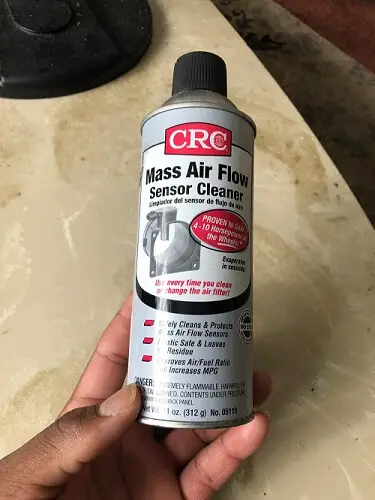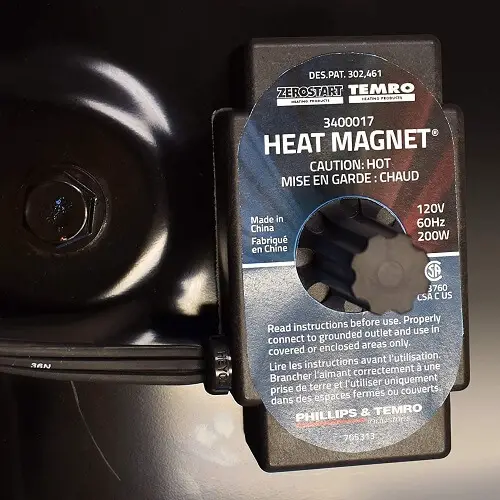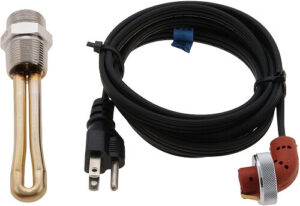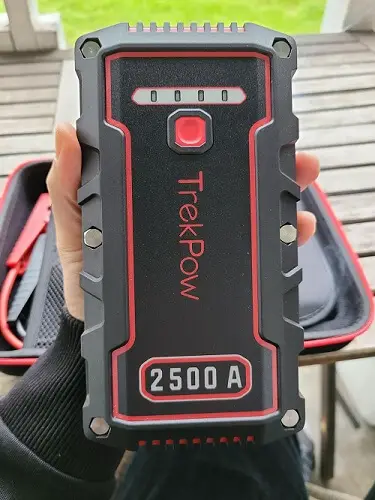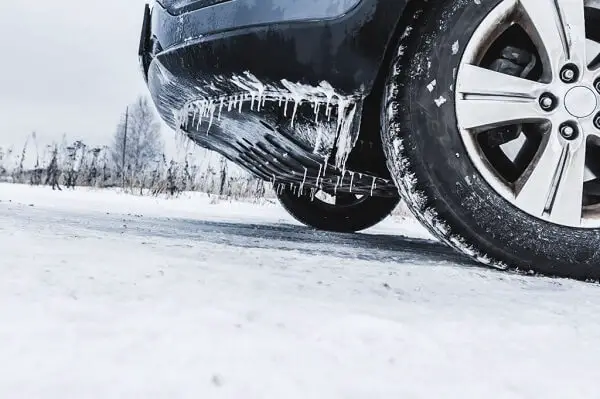
It’s cold Monday morning, your about to leave for work. You get in the car and start the engine, and it just won’t come on. Annoying right?
It a widespread problem for those who live in cold countries; even for the people of warm regions, a harsh winter can cause their cars to act up in the morning.
If you are interested in knowing the problem and how to fix this problem, keep on reading. This article is just what you need.
Reasons why a car is struggling to start when it’s cold?
Before trying to fix it, know what you’re dealing with. Here are some reasons why you face trouble starting the car after letting it sit overnight.
You might notice that a car won’t start when it’s cold but starts when it’s warm. It happens because batteries produce less current at low temperatures, which results in less power to the engine. Hence, the car won’t start.
Sometimes, moisture accumulates in the vehicle’s fuel pipes, freezing when the temperature drops, creates a blockage, and keeps the engine from starting. However, it happens scarcely.
A similar problem can occur in the carburetors; ice can build up within its nozzles, hindering the car’s machinery’s performance.
The low temperature often results in the thickening of engine oil. It makes it harder to flow through and requires additional power from the battery. Hence, there is an extra strain on a battery that is already unable to produce enough charge.
What to do?
Priming the Fuel Pump
Here’s the first and the easiest way to get your car to crank up. Before starting it, turn the engine on and off a couple of times.
When you do so make sure, the rest of the current-consuming accessories are off to reduce strain on the battery.
Start the engine a few times and leave it on for 10-15 seconds each time. Then crank up the engine on it should start up just fine. It’ll help with the fuel potential problem.
If you’re wondering what turning the engine on and off does, it ensures an adequate pressure supply to the fuel pump.
I recommend using a pressure gauge to check the pressure in your fuel line.
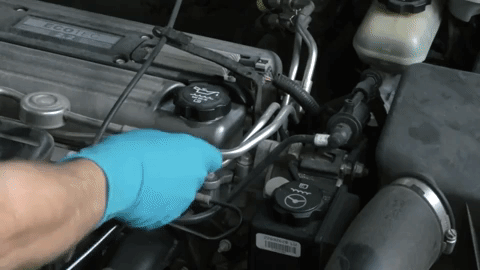
Ignition System
Another cause of hard starting when the engine is cold can be a problem with your car’s ignition system—a faulty old spark plug can be the culprit in this case.
A worn-out spark plug is unable to produce sufficient spark for the engine to get going. Problem with spark plug wiring can also result in a similar situation as it hinders the current and does not let enough voltage reach the engine.
However, if you have a distributor ignition system and come across a problem like a car is hard to start in the morning, the cap and rotor of the distributor ignition system.
A damaged or old rotor or ignition cap can reduce the strength of the spark. Here you might want to take a closer and more thorough look at the spark plug to confirm the problem.
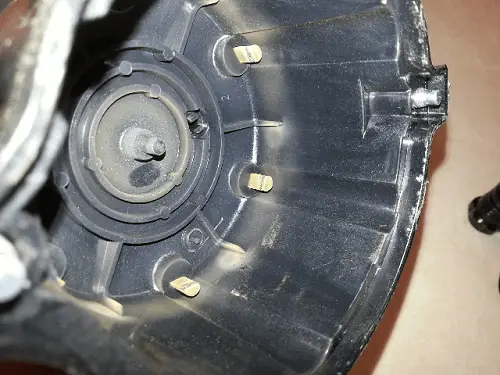
Clogged filter
Cold start car problems may also occur when there isn’t proper air flowing through the engine, a clogged filter with debris or dirt accumulation in the air filter.
Remove your air filter and look for clogs. You can clean it if it’s slightly dirty, but if it’s just too much, I recommend you get a new one.
Dirty Throttle Body
It is common for a throttle body to accumulate carbon deposits; these deposits keep the throttle plates from opening freely and result in a stuck gas pedal.
Another reason carbon build-up is a problem is that it doesn’t allow the stalled plated to completely close, which lets the air in the throttle plate; hence the RPM is high even when the car isn’t moving.
A valve controls the stall plate’s opening and closing by creating a bypass route for the airflow. So to clean it, start by unclamping and removing the cover.
Next, remove the vacuumed lines linked to the air hose. Disconnect all the air hoses, including the PVC one.
Unclamp the hoses from the throttle body, and you’d be able to remove it from the vehicle. Now that you have access to everything starting from the usually-overlooked dirty air filter.
However, I do not recommend cleaning it manually as it may reset the calibrations, in which case you’d have to visit a mechanic and go through a whole lot of hassle.
Get yourself a throttle body and airway cleaner and spray thoroughly onto the dirty parts. Open up the throttle plate and pour some of it inside.
Get yourself a calibrations rag soaked in the cleaner agent and use it to rub off the build-up off the throttle’s lip and the part where the plate comes to rest.
Inspect the idle control valve that you can remove by taking off the screws on the side. If you see any deposits there, the cleaning agent, plastic brushes, and a soaked-up rag are all you need.
Once you have a clean throttle and valves, starting a car in frigid weather would be no problem.
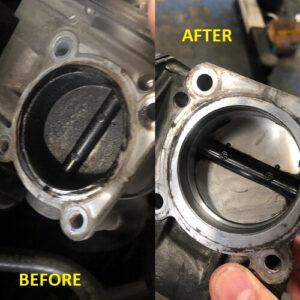
A faulty Throttle Position sensor
Sometimes a car is hard to start when cold but then runs fine. The MAF sensor can be the felon in this case, which you can find on the air filter or air tube between the filter and the intake manifold.
The sensor controls tell the airflow to the engine and hence, provides data for calculating air-flue mixture in the machine.
Now, if the car is hard to start but runs fine, it’s probably the sensor. Start by disconnecting the sensor. If this makes the car run start up fine, then you need to replace the sensor.
Wrong Oil Choice
The wrong kind of oil is less free-streaming in cold conditions. It puts extra strain on your vehicle’s battery by making it harder for the engine to start.
For this, refer to your vehicle’s handbook to check what sort of oil the producer suggests, and change to a more slender grade for colder weather.
Average grades incorporate 10W-30 and 5W-20, with the main number indicating the oil’s thickness in chilly climate. The lower the number, the thinner the oil is.
See the lastest price of 10w-30 click here and 5w-20 here
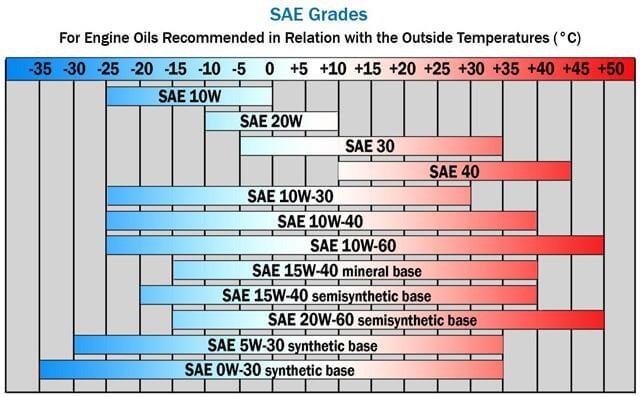
Oil Thickening
Extremely cold weather can affect the viscosity of the engine oil and make it much thicker and sluggish.
It gives you a hard time starting the car as water and fuel separates and the whole system upsets. To fix this problem, you can use an engine pre-heater.
Here are a few recommendations for engine pre-heater that are not only affordable but will go a long way:
Recmendation for Heater
Zerostart Portable Electric Heat Magnet Heater (200 Watts)
This multipurpose piece of equipment works ideally for almost all vehicles and provides safe operation with a quick grip handle to keep the heat off your hands.
This heater’s temperature does not go beyond 250̊ F, so you do not have to worry about any damage to the vehicle.
It comes with a built-in thermostat that controls and maintains an optimal temperature to fic the thickened oil.
See the latest price of Zerostart Portable Electric Heat Magnet Heater
Kat’s Magnum Handy-Heat Magnetic Heater (1160 300-Watt)
It is perfect for farm vehicles. It works ideally for the engine block, oil pan, battery holder, or intake manifold.
You can use to for lightweight vehicles and heavy-duty ones, which makes it quite a versatile piece of equipment.
Not only does it work for a thickened engine oil, but you can also warm up the hydraulic systems, livestock feeders, locks, and pipes, or any frozen piece of metal.
See the latest price of Kat’s Magnum Handy-Heat Magnetic Heater
Zerostart 3500043 Engine Block Heater (1000 Watts)
With 120volts and 1000watt power, starting up the car in the winter won’t be that big problem with this engine heater.
It comes with a 6″ cord that provides an easy maneuver, so you don’t hurt yourself while working.
See the latest price of Zerostart 3500043
A Worn-out battery
A worn-out battery may also be the reason behind you struggling with your car in the morning. The problem is an inadequate amount of charge that an old battery produces.
Cold weather further contributes to the problem by reducing the quality of charge. Using a jump starter in such a case always helps.
Recoemdendation for Jumper
TrekPow TJ2500 2500A Peak 18000mAh Portable Jumper Box is an advanced innovative piece of equipment that will help you not only deal with a dead battery but also lessen the struggle of starting your car in the morning.
It comes with anti-spark protection along with temperature control that ensures not only safety but optimal performance as well.
It is suitable for vehicles like cars, trucks, lawnmowers,
snowmobiles, motorcycles, yachts, motor homes, motorboats, etc.
I often come across people asking if it’s safe to drive in freezing weather. Well, driving in icy weather adds a certain degree of risk.
It affects the machinery, but there is a high chance of slipping and malfunctioning the vehicle’s system. To deal with a problem like this:
Drive on lower gears.
Abstain from driving where conceivable and never set off when it’s snowing intensely
Mindful driving will limit mishaps.
To decrease your odds of separating in a chilly climate, always check fuel, oil, rubber, coolant, electrics, screenwash before get going.
See the latest Price of TrekPow TJ2500 2500A Peak 18000mAh Portable Jumper Box

